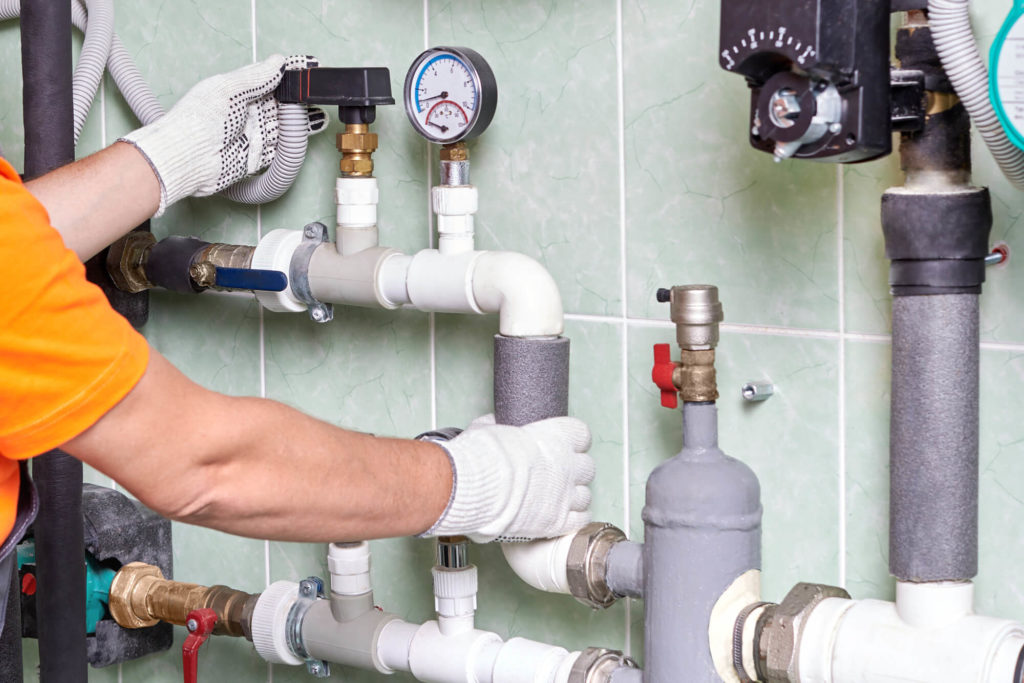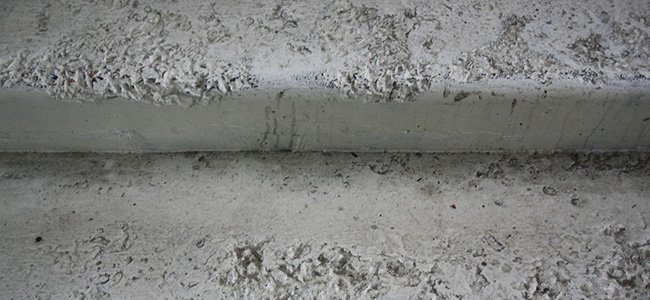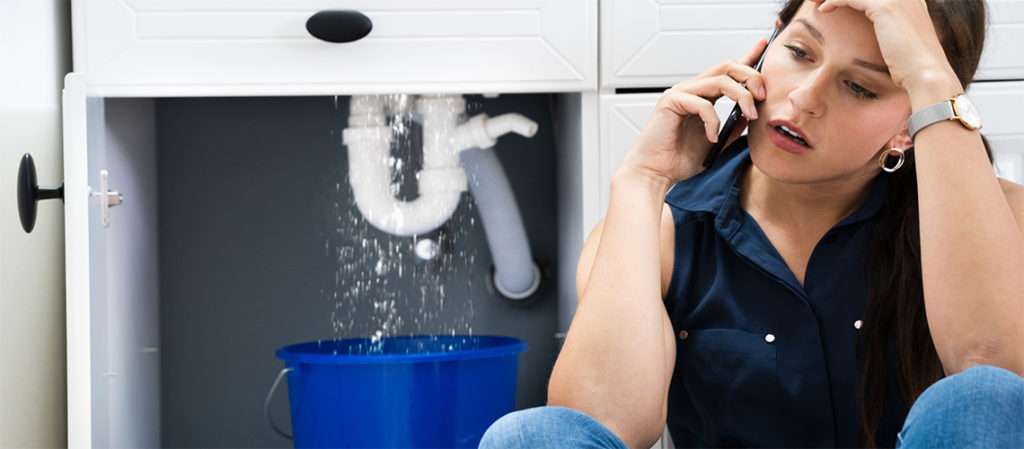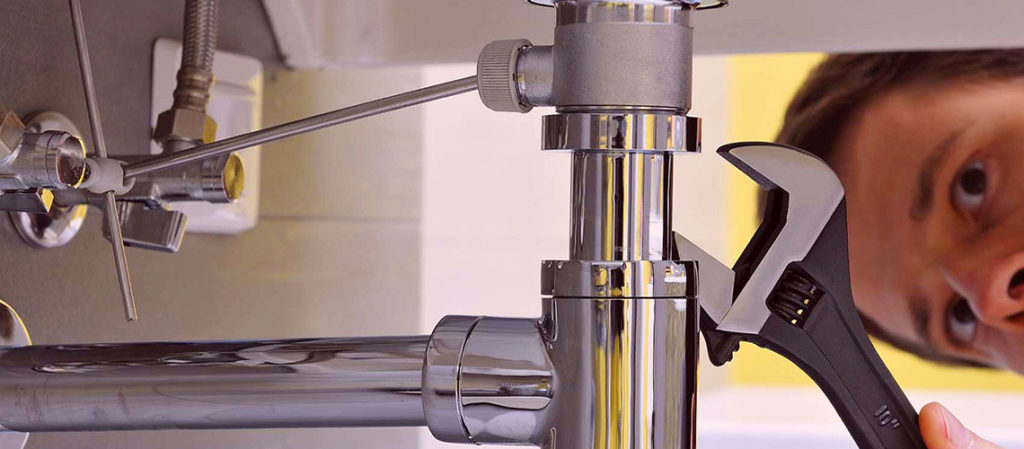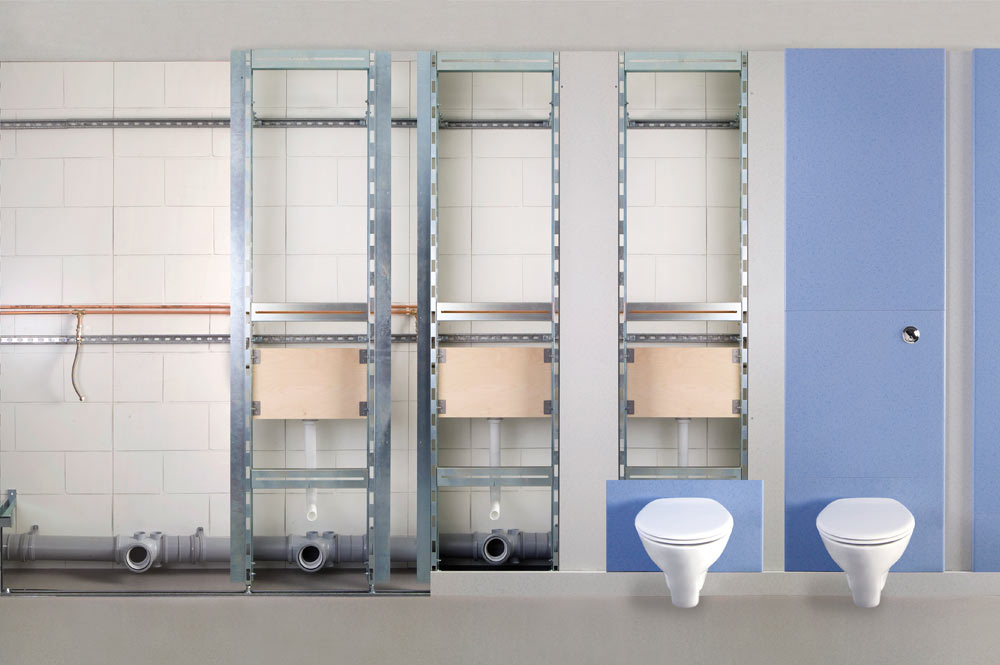Buying a house secondhand can mean inheriting some unfortunate problems that the previous homeowners didn’t know about (or didn’t mention). One of the most commonly inherited problems is plumbing issues. So, how do you check plumbing when house hunting? In order to make sure you’re getting a house with the plumbing intact, POM Plumbing is here to help. Let’s take a look at what you should be checking for. If your plumbing is old, you can probably come across a plumbing company Kitec. We carry out kitec plumbing replacement, more information at the link.
Water Heater Age
The hot water heater in any house on the market typically must meet a certain standard to pass inspection, but that doesn’t mean it’s not on the older side. When looking at a house, be sure to ask the realtor how old the water heater is. If they don’t know the answer, request that they get one for you. Any realtor showing you a house should be happy to get information for you regarding such an important system as plumbing.
If the water heater is older than 8 years, it’s going to need to be replaced soon. If you’re willing to have it replaced, yourself, after buying, that’s no problem. But you should always be aware of how much additional work you need to put into a house after buying. Therefore, you know whether the listing price is reasonable for your budget.
Additionally, you should check tap temperature. If the hot water takes a long time to heat up, this could spell issues with the water heater or with pipe insulation.
Evidence of Water Damage
This is a big one. To check plumbing when house hunting, include always looking at ceilings and in under-sink cabinets for water damage. If there is any water damage visible in the house, the realtor should have answers about it. If they don’t, that means they haven’t spoken with the homeowner about it and there could be problems that they’re not aware of.
Ceiling water damage on the first floor may have been caused by a plumbing malfunction on the second floor. Ceiling water damage on the second floor may have been from a roof leak. Both of these leaks can lead to mold, rot, or other types of damage. Don’t let it go by unmentioned because you should always get full assurance that it has been inspected and repaired before committing to the house.
Water damage under sinks can be superficial, or problematic, depending on the extent. A small warp in the wood from what may have been an old drip may not be a problem. However, if there’s a wider spot of water damage, it could mean a recurring leak or hidden mold.
Outlet Placement
This is something that frequently misses people’s notice. Always look at electrical outlet placements – especially in bathrooms and kitchens. If outlets are below water sources, it can be a huge hazard. These rooms should always have outlets above the counter and never down by the floor.
Drain Effectiveness
Finally, you should always test drain effectiveness. This is especially true of houses over 20 years old. Run the cold water in each tub and sink for 10-60 seconds and see how the drains handle. The drain should easily keep up with a full flow of water. If it doesn’t, it could be that the plumbing is outdated, doesn’t meet code, or needs to be completely cleaned out. All of those are expensive fixes and should be handled by the current owner or reflected in a lower cost. But you know you won’t want to move into a house where your drains are immediately backing up when you try to shower.




